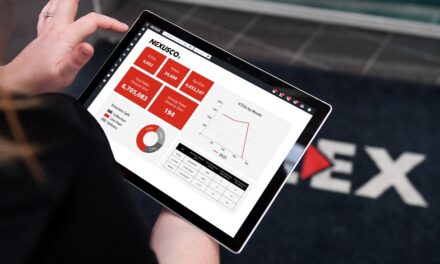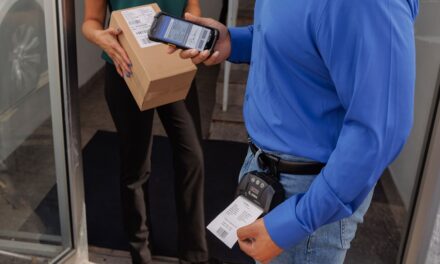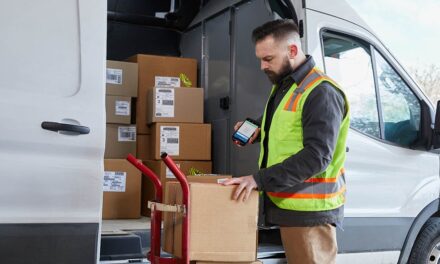
Technology Reforms in the Post and Parcel Industries
Daniel Dombach, Director of EMEA Industry Solutions at Zebra Technologies, looks at changes taking place in the post and parcel industries. Digitally connected consumers, looking for lower prices, greater convenience and a seamless experience when buying, receiving and returning products, are forcing post and parcel companies to rethink traditional parcel delivery. This has led to big changes to occur in two of the fastest evolving sectors – the post and parcel industries. There are six key factors, which businesses are currently taking into consideration in order to provide quick and efficient services:
- Sortation: Sortation centres are now connected. High-speed Wi-Fi provides immediate connectivity between teams and back office applications – both internally and externally.
- Route optimisation and fleet management: Schedule planning and route optimisation reduce costs and delivery times by planning drivers’ drops and pick-up routes. In addition to the emergence of vehicle analytics systems, smart road data provide real-time insight into traffic conditions avoid hold-ups.
- Item tracking: Large parcels can be tracked in and out of depots, through to last-mile delivery with barcode scanning, allowing customers to view the status of their items online. Customers’ may secure their delivery by signing their names on mobile screens. If a customer is not in, and has left instructions for the item, drivers can now use GPS locations and photographs to provide evidence of the delivery. Sensors can be attached to perishable/temperature sensitive goods. The stream of data from labels and smart sensors significantly reduce administration as well negative impacts on the environment by cutting the use of paper.
- Improving first-time deliveries: The widespread use of scanners and mobile computers increases the accuracy and immediacy of data available to postal companies. This insight is being used to communicate the journey with customers. They are given the option of changing delivery locations and times. Customers can request a new time and ask for shipment to be delivered to a neighbour or a nearby convenience store. Postal companies are also investing in ways to improve delivery.
- Hubs: Often at transport hubs or major shopping centres, lockers are used to speed up delivery and returns. Customers can be sent an SMS with a special code to unlock their items. Automatic sensors can confirm when the items are removed.
- Mobile: Mobile computers and printers are also increasingly being used by post and parcel companies to allow drivers to sell additional goods and services upon delivery. These mobile post shops can sell anything from stamps to insurance, to foreign currency.
This has already helped the industry lead to a 1.5% global increase in revenue in the last year. Yet, this is just the beginning. The rapid speed of technology innovation and the growth in e-commerce will continue to improve performance and service within the post and parcel industries.












